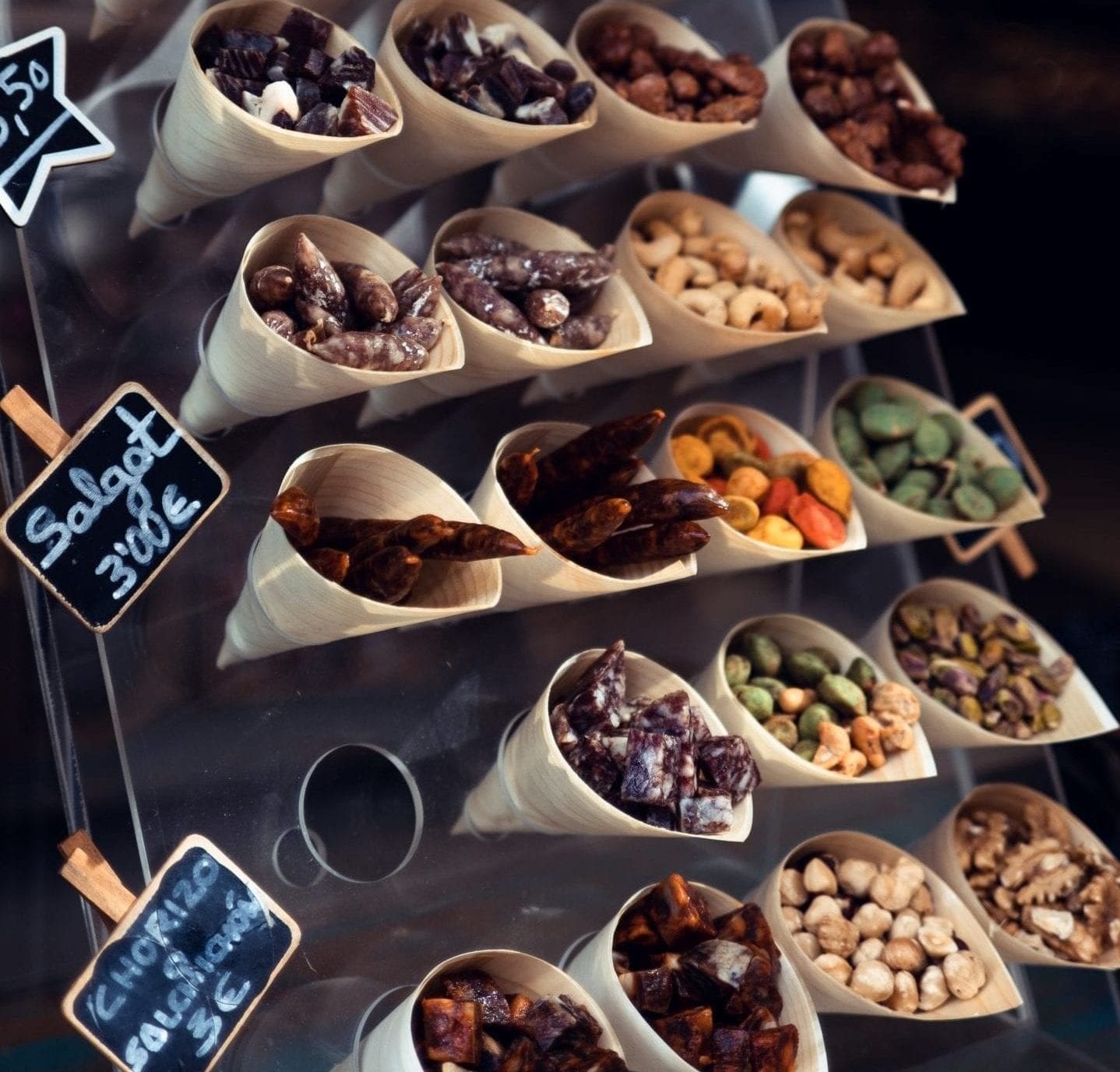One of the most important, and complex, factors that govern whether you have trademark protection and how strong that protection is relates to how distinctive the mark is. A mark is only considered a protected trademark if it’s distinctive in a way that identifies the source of the goods or services (remember our talk about customer confusion from Part II?). The more distinctive the better, because that means the customer is less likely to confuse the source of the goods as coming from somewhere else.
Distinctiveness is actually a spectrum, and it’s often broken down like this, from most distinctive to least:
Arbitrary: A mark is arbitrary (and therefore very distinctive) if it seemingly has nothing to do with the goods or services it relates to. Think “Apple” for computers, “Dove” soap, “Penguin” books — none of these marks have anything to do with the product itself.
Fanciful: A fanciful mark is one that’s a completely made up word or phrase. Like arbitrary marks, fanciful marks are very strong because they’re very unlikely to be confused with a different product, and they’re very unique. Examples of fanciful marks are “Verizon,” “Xerox,” and “Kodak.”
Suggestive: Suggestive marks are marks that hint at the goods or services, but don’t directly describe them. These marks are considered moderately distinctive, but not as distinctive as arbitrary or fanciful marks. Examples include “Greyhound” buses and “Mustang” cars (both suggesting they’re fast and they’re for travel), or “Netflix” suggesting internet-based movie watching.
Descriptive: Descriptive marks merely describe the product, and therefore are NOT directly eligible for trademark protection, though they can earn protection over time (discussed below). Using our examples above, if someone tried to use the name Apple for an actual apple-selling company, that use of the mark would be descriptive, and would not be immediately eligible for trademark protection. The trademark office does not want people to be able to trademark descriptive marks because that could lead to customer confusion (how can you tell where the goods come from if it’s just a description of the product?) and would also make it impossible for competitors to describe their own product, as well.
Generic: Generic terms are terms that are a common name for a product or service, and therefore can never earn trademark protection. Think of words like “clock” — it’s the generic word for timepieces. These do not gain trademark protection for similar reasons as descriptive marks, but unlike descriptive marks, they can never gain trademark protection, no matter how often they’re used or how recognizable they become. You can actually lose trademark protection on a brand if it becomes generic (more on this below).
When a mark is very distinctive, it is referred to as a “strong” mark. If it is less distinctive, it is considered a “weak” mark. Generally, the stronger the mark is, the easier it is to register it and to protect it. When choosing a brand name, it is in your best interest to choose a mark that is as descriptive as possible.
Secondary Meaning:
When a mark is descriptive, it does not immediately earn trademark protection. However, a mark can gain protection by developing what’s called “secondary meaning.” This means that a mark becomes so recognizable that even though it’s descriptive, consumers still strongly correlate that mark with a specific source of goods. Examples of marks that were descriptive but now have trademark protection because they gained secondary meaning include “Best Buy,” “Bank of America,” and even “Coca-Cola” (as its original formula was a cola drink that included byproducts from the coca plant). It takes many years for a mark to be able to successfully argue that the brand has acquired secondary meaning.
Genericide:
Having a popular brand name can actually put your trademark protection at risk! Sometimes a mark becomes so popular that, instead of using the mark to refer to a specific brand, customers begin using the mark to refer to ALL products of that type. If this happens, the owner of the trademark can lose all trademark protection, because the mark that used to identify the brand has become generic. Examples of marks that used to be valid trademarks but are now considered generic include “escalator,” “aspirin,” and “cellophane.” When a company sees that their mark is at risk of genericide, it is up to them to try to restrict use of the brand. Check out this genuinely hilarious video from the Velcro company “Don’t Say Velcro,” encouraging people to refer to the product as “hook and loop” so they don’t lose their mark (but beware, it will be stuck in your head all day!).

